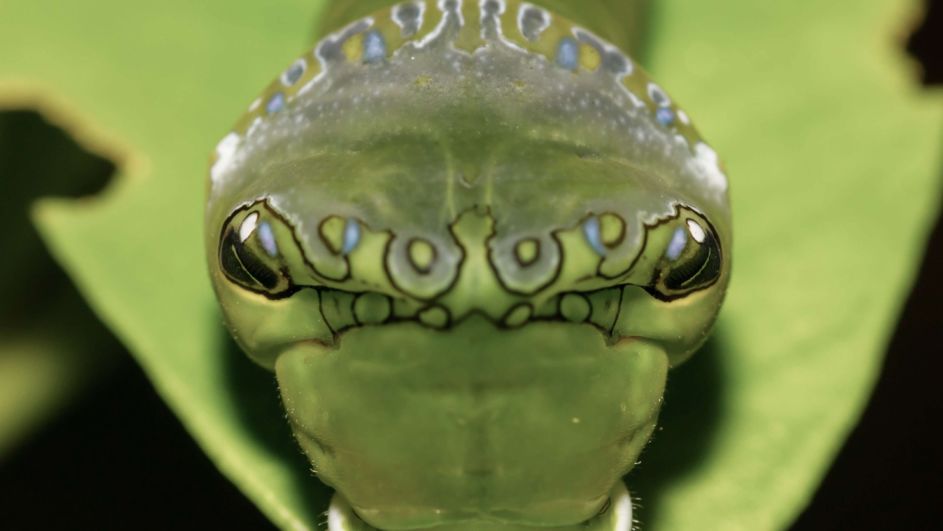Nature
50 Shapes of Prey
Synopsis
Wildlife films are very fond of showing the iconic hunt – magnificent predators skillfully chasing their prey, more often than not filmed in slow-motion. Occasionally, one gazelle or rabbit, mouse or songbird gets away.
Was it just lucky? No… Because most hunts fail.
Evolution is like an arms race, with measure and countermeasure between predator and prey. But on balance, the prey animals are the winners – they escape. How do they do it? How do they thrive in a world of sharp claws, snapping teeth and slicing talons?
This series takes the perspective of the prey, and we’ll find all kinds of ingenious solutions they use to avoid ending up as someone’s lunch. Gazelles, for example, are finely honed running machines with amazing agility and usually have the stamina to outrun a cheetah, the world’s fastest terrestrial animal – but only in short sprints. If the gazelle escapes the first dash, the cheetah doesn’t have the energy for a long chase. In the New World, the pronghorn antelope is just as fast – which looks like a waste of effort. But pronghorns evolved to outrun the American cheetah, which is now extinct. Today, nothing can catch a pronghorn in a straight race.
In the air, the speed record goes to the peregrine falcon which can reach well over 300 kph in a hunting dive. And with eyes four times more acute than ours, surely nothing can escape this speed merchant. But birds like starlings or shorebirds, that could become prey, form huge flocks, and when they perform mesmerizing aerial displays, called murmurations, they confuse their predators and make singling out an individual target almost impossible.
Insects are nothing more than bite-size packets of protein for larger animals, but they’re far from defenseless. Lonomia moth caterpillars are armed with venomous hairs so powerful they’ve even killed humans. Some bugs wear convincing disguises as they try to look like something much more fierce. One lantern bug mimics an alligator, and the caterpillar of the Hemeroplanes hawkmoth is an incredibly accurate mimic of a deadly pit viper. Moon moths use hi-tech countermeasures to foil a bat’s pin-point sonar. They have long tails with twisting paddles at the end that scramble the echoes of the bat’s sonar, so the moths can fly under the radar. There’s no end to the inventive tricks that prey animals have evolved to stay one step ahead in their arms race with predators.
A production of Terra Mater Studios

